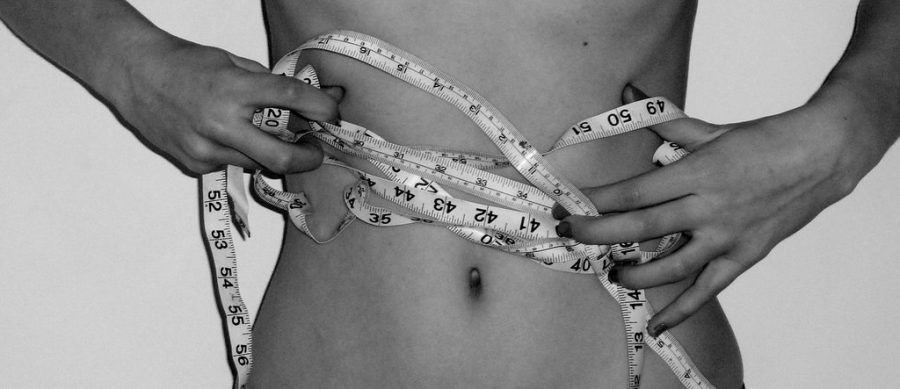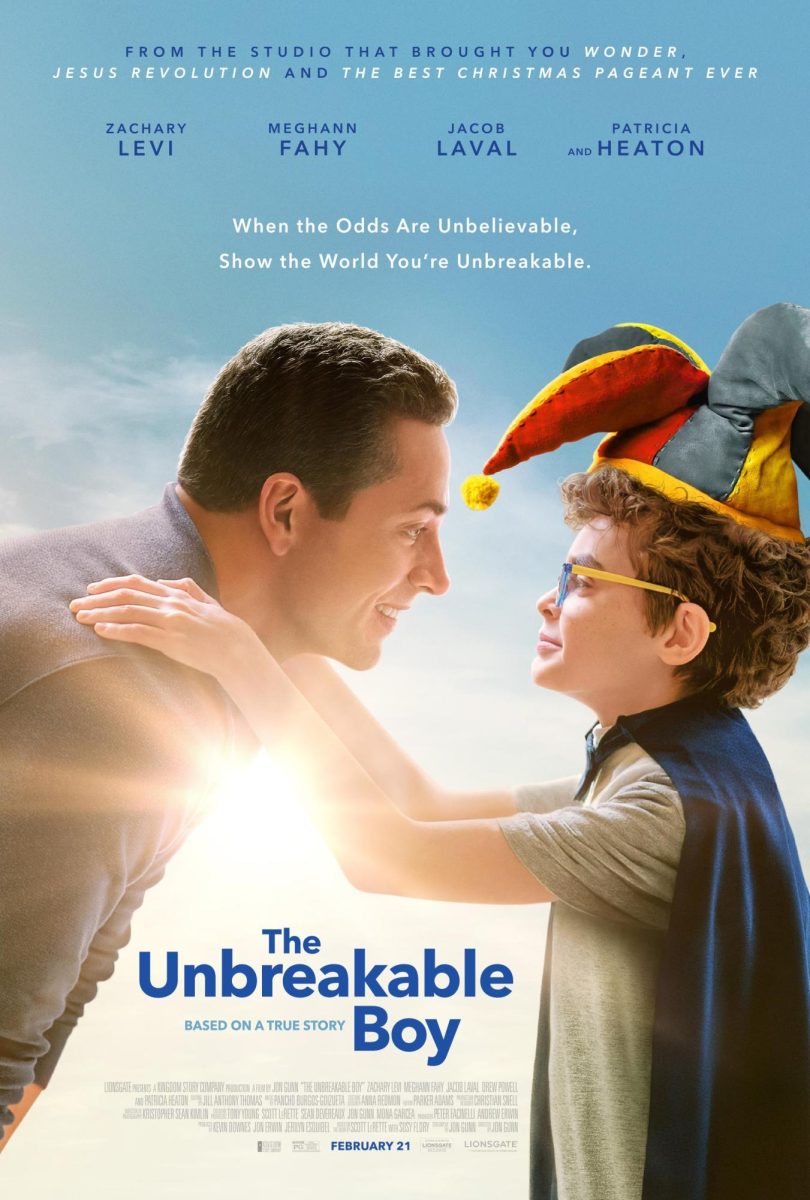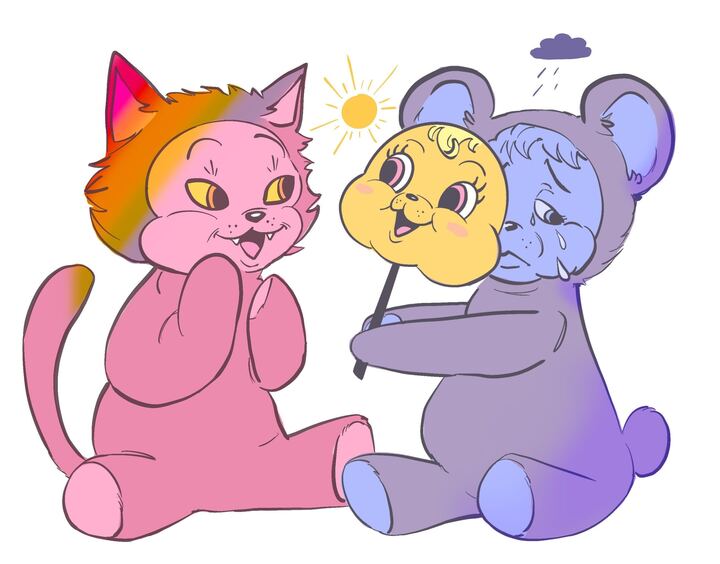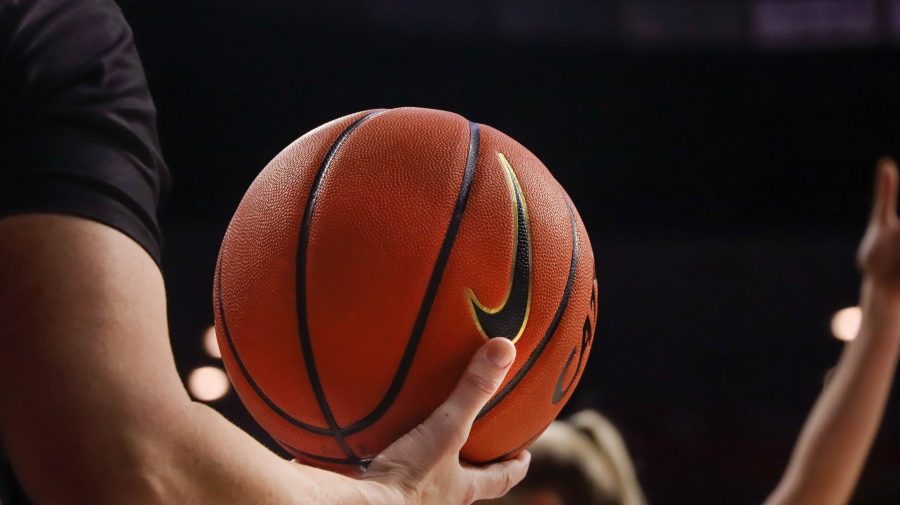Social media platforms hold a lot of power. The posts individuals choose to share can reach millions of people and can have a large impact on those who come across them.
TikTok is a social media platform that plays a large role in the everyday lives of more than 1 billion world wide users, to call the platform popular is an understatement.
With all the videos that flood TikTok, all users have their own personalized feed or “For You Page” where they can endlessly scroll through content. Through our never-ending scrolling on the app, we have the chance of running into some of the toxic communities that are within it. TikTok states that their mission is “to inspire creativity and bring joy,” but some videos that are shared on the platform do quite the opposite.
RELATED: OPINION: ‘The Yak is Back’: Revival of anonymous social media platform brings negativity to campus
One toxic community that can be found on TikTok is one that promotes unhealthy eating and relationships with food. Although it is not always intentional, a handful of the videos on TikTok are promoting and triggering disordered eating and unhealthy relationships with food and our bodies. The more we see this type of content, the more normalized it becomes.
According to the National Eating Disorder Association, 20 million women and 10 million men struggle with eating disorders. We never know who around us is struggling and how social media content will affect those who come across it.
A TikTok trend in particular that promotes dangerous relationships with food are “what I eat in a day videos.” These short daily food diaries focus heavily on calorie intake and eating as little as possible each day. What I eat in a day videos often show restricting and unhealthy diets, even diets that involve eating as low as 800 calories per day.
RELATED: OPINION: Gaining the ‘freshman 15′ isn’t something to be worried about in college
There are also videos showing “healthy food swaps.” In reality these swaps aren’t always healthy. Swapping foods and labeling foods as “good” versus “bad” options is not a healthy mindset to have. Food is fuel and no matter what we are eating we are providing our bodies with nutrients.
While TikTok has made regulations and has tried to take precautions to not allow these types of videos, there are ways for them to slip through the cracks. If users on the platform look up the hashtag #anorexia, #eatingdisorder, and #thinspo they are then directed to the Suicide Prevention Lifeline. However, making searches such as #skinnycheck will bring up a handful of dangerous videos.
Social media is powerful. In our society it is common for individuals to spend hours each day on social media platforms. As we go about our day scrolling through TikTok to pass the time, what’s important is that we don’t promote the dangerous trends that flood the platform.
Follow Julianna Strano on Twitter

Julianna is a senior majoring in journalism and sociology. She enjoys writing and reporting on topics related to mental and physical health and wellness.









